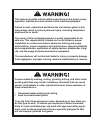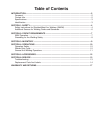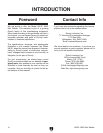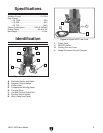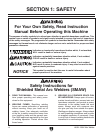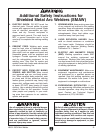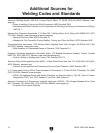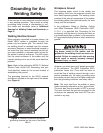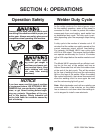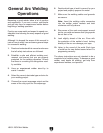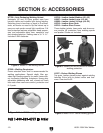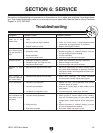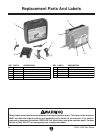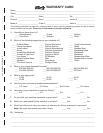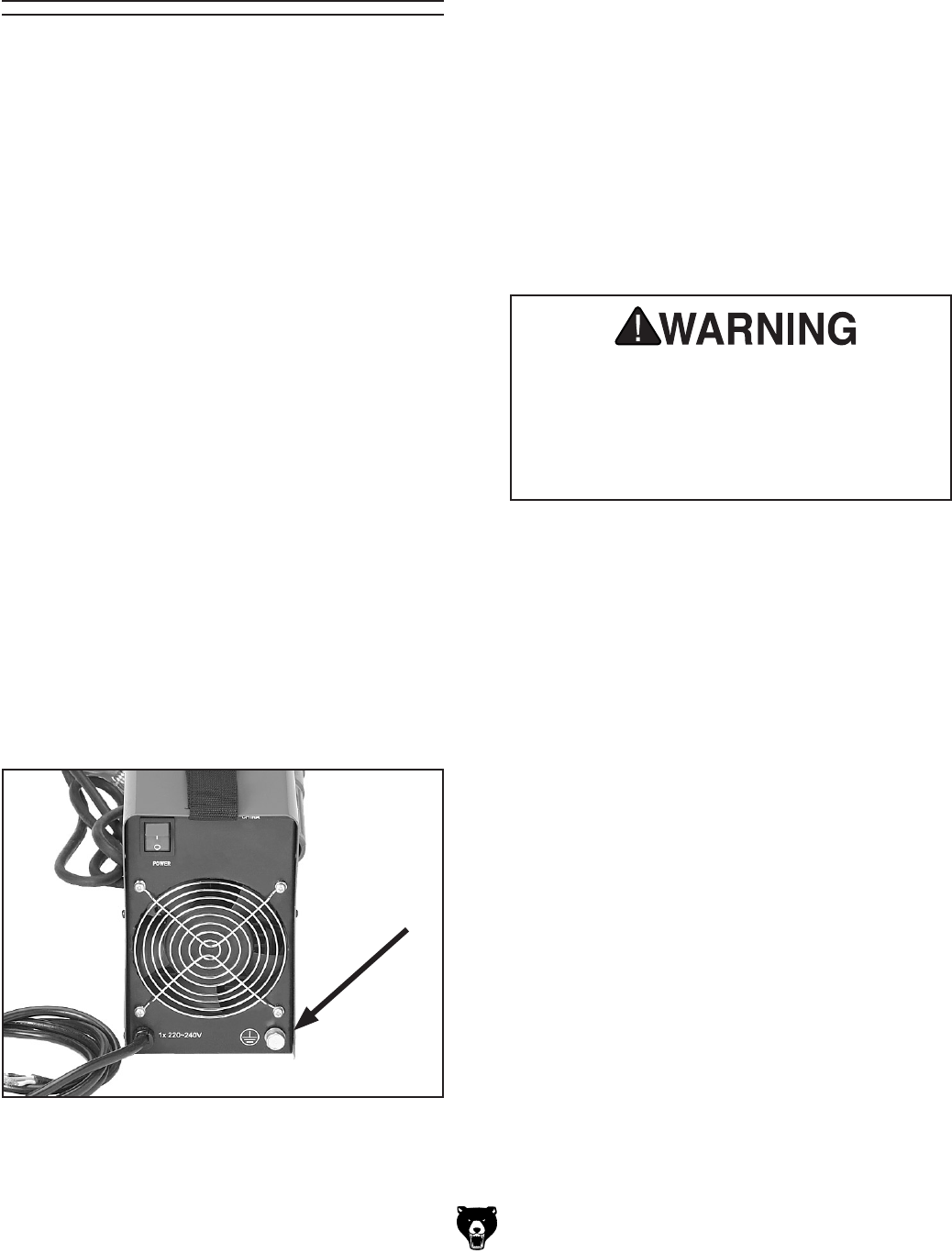
-8-
H8151 230V Mini Welder
Grounding for Arc
Welding Safety
There are two or more electrical circuits involved
in any welding operation. The practice of safely
grounding these circuits is documented in vari
-
ous codes and standards (refer to
Additional
Sources for Welding Codes and Standards
on
Page 6).
Welding Machine Ground
When properly connected to a power source, the
Model H8151 welder is grounded through the
power cord and power grid. The welder's inter
-
nal welding circuit is insulated from the external
enclosure. However, to avoid shocking hazards in
the event that this internal insulation should fail,
you must establish a separate earth ground for
the welder's external enclosure. This will ensure
that the metal enclosure of the welder and the
internal welding circuit are at the same electrical
potential.
Note: Refer to the publication NFPA 70, National
Electric Code, Article 250, Grounding, and your
local electrical codes for the correct method of
establishing this ground.
The grounding terminal for the H8151 external
enclosure is located on the right rear of the welder
(see Figure 4).
Figure 4. Location of external enclosure
grounding terminal on the rear of the Model
H8151.
Workpiece Ground
The incoming power circuit to the welder and
the welding circuit are two separate circuits that
must have separate grounds. The welding circuit
consists of the internal components of the welder,
the welding cables, the electrode holder, the work
clamp, and the workpiece.
In the publication Safety in Welding, Cutting,
and Allied Processes, ANSI Publication Z49.1,
11.3.2.1, it is specified that "Grounding [of the
workpiece] shall be done by locating the work on
a grounded metal floor or platen, or by connection
to a grounded building frame or other satisfactory
ground."
Always ensure that the ground for the incom-
ing power circuit to the welder and the
ground for the welding circuit are never con
-
nected. Failure to comply with this warning
could result in serious property damage,
personal injury, or death.
However, you must also avoid "double grounding"
of the workpiece. The ANSI Publication Z49.1
publication warns that "Care shall be taken to
avoid the flow of welding current through a con
-
nection intended only for safety grounding since
the welding current may be of a higher magnitude
than the grounding conductor can safely carry."
Note: The work lead from the welder is some-
times incorrectly referred to as the "ground lead."
The work lead from the welder is NOT a ground
.
The work lead and the ground connection to the
workpiece are separate and must NOT be con
-
nected in any way.



